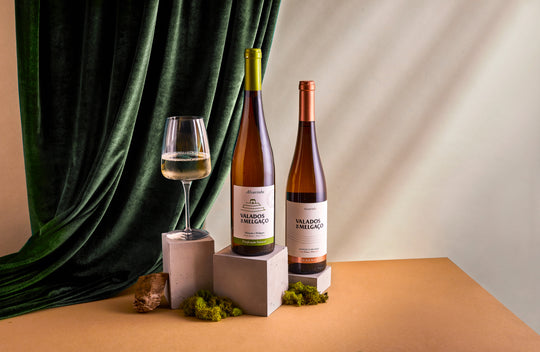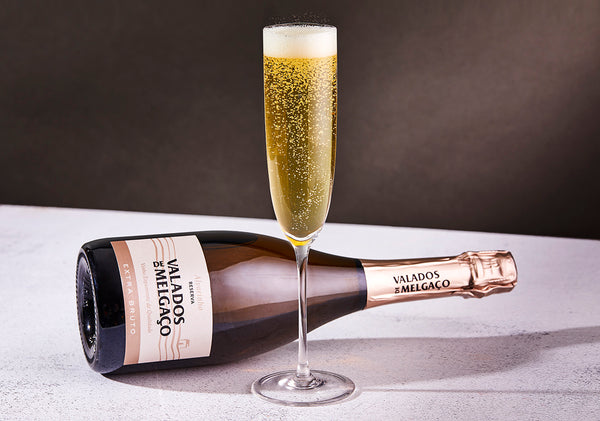Square Peg Vs. Dry Hole

How are you supposed to get a square peg into a dry hole?
Some would say that you can’t farm without water. I mean, it’s common sense, even to the most removed of us – agriculture requires water. And it tends to be a lot of it.
I mean, farming is hard enough already. Those early starts and late finishes, the yielding of crops one year and complete drought the next – it’s not for the faint-hearted. Especially since the 21st century now says that you don’t have to farm to survive, it’s a wonder anyone is holding on to such a thing.
We’re going to take you even further away from everything you’ve grown to know and love. Ever heard of dry farming? Probably not. What’s the first thing that comes to mind when you hear a phrase like that? Cows lying in a meadow panting?
As far-fetched as it sounds, dry farming is a legitimate practice that may have been used a while back – I don’t know all that much about agriculture. However, what’s truly fascinating about it is that there are some people out there using this way of farming today – in 2018.
I’ll explain myself. Dry farming is when the farmer only uses rainwater that’s fallen to the ground and made its home in the soil to produce the farm’s produce. This is truly throwing caution to the wind – and the clouds, it would seem.
If there’s no rain, there are no grapes. The only way to quench their thirst comes from the sky – which means every day is a gamble as everyone stands around playing the yielding lottery.
It’s risky business producing wine in this way. It’s already risky business producing wine – typically, you’ll spend more money making the wine than the customer will spend on it. So to become a complete slave to punishment is almost unheard of these days.
However, your mind could be changed about such a strange tradition when you visit Square Peg Winery. While their farming practices may be befuddling, their reasons and motives are nothing short of saintly.
You see, the world is slowly – but surely – running out of water. I’ll cut to the chase because this isn’t a PSA about how you can save the environment. By reducing the amount of water they use, Square Peg Winery are minimalizing the impact their have on the environment as they cultivate the one thing they love the most.
As well as the positive environmental effects, the wine is also better off for it as well. The terroir is allowed to truly shine through, drawing reactions of surprise and satisfaction from visiting winetasters.
Square Peg Wines
Pinot Noir: why make everything with an average quality when you can just make one thing of excellent quality?
This is what Square Peg Winery has done. Their borderline obsessive nature around Pinot Noir has led them to attract numerous awards and dozens of tasting groups who are keen to see what the fuss is all about.
Their Pinot Noir is layered, creamy, and soft with a surprisingly velvet finish. While it continues to project the acidic backbone and full fruit that’s typical of a Pinot, it also shows an incredible level of balance and restraint.
This is the type of wine that you can eagerly uncork now, or, if you’re one of those delayed-gratification types, can save it for later and cellar it. Either way, it’s going to make you pray to the rain gods for enough rain to keep the wine cellar stocked for a long time.
There’s something to be said for dry farming – if it yields crops that taste this good. Don’t underestimate the power of traditional farming practices. I mean, what’s the point of reinventing the wheel, anyway?













